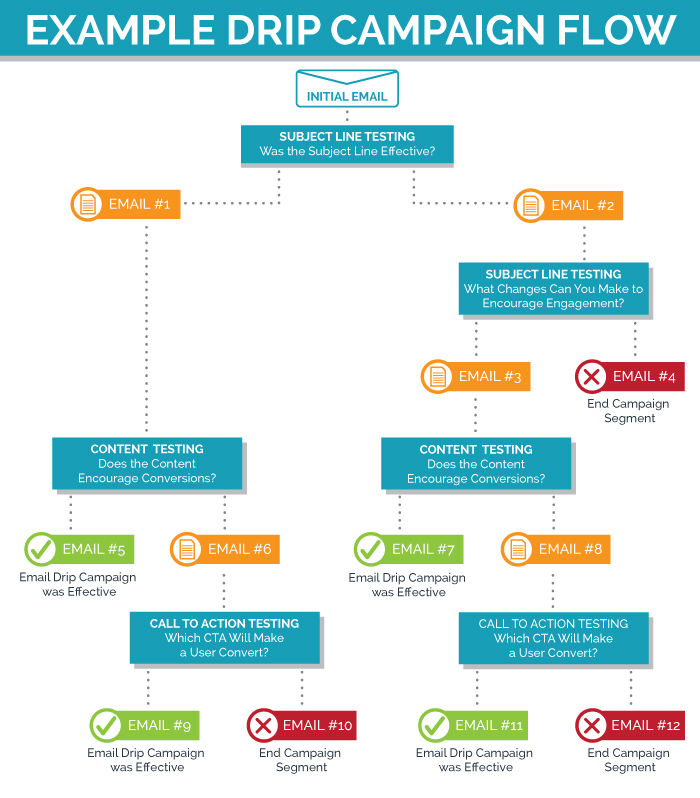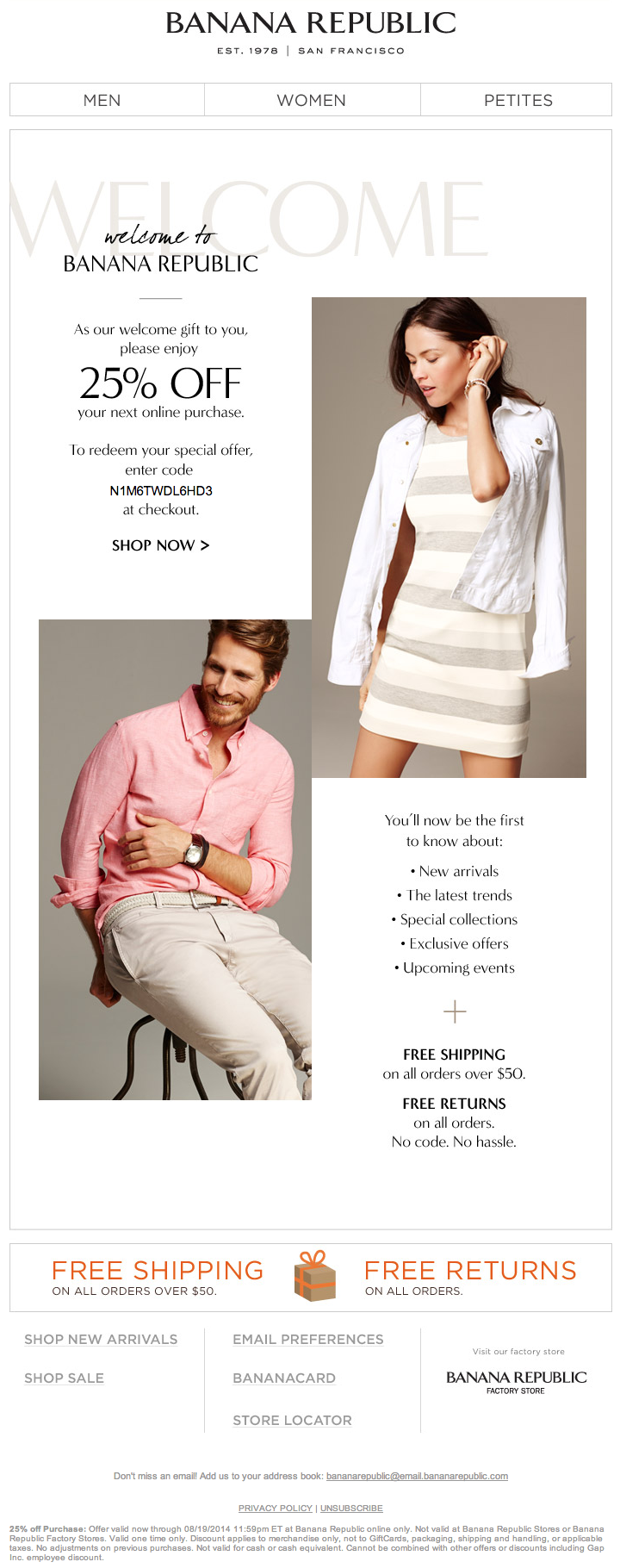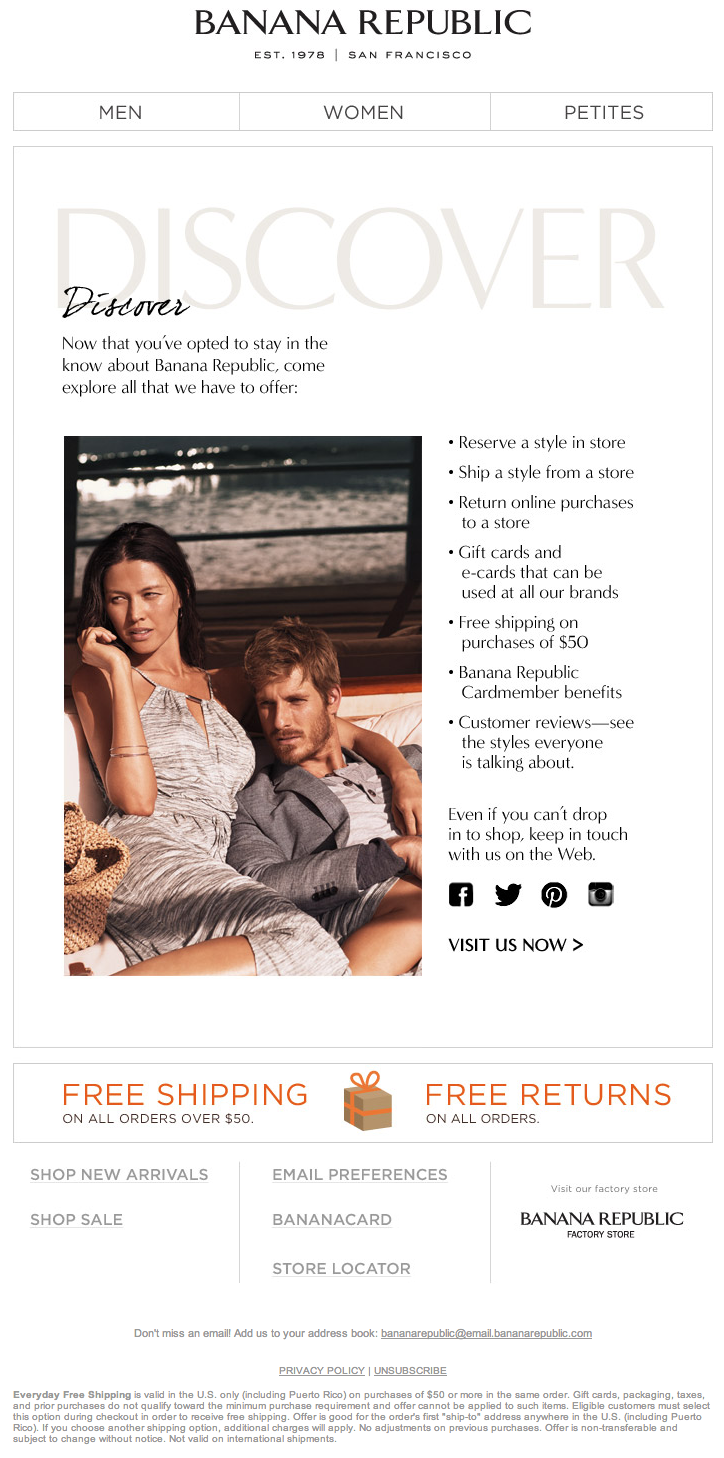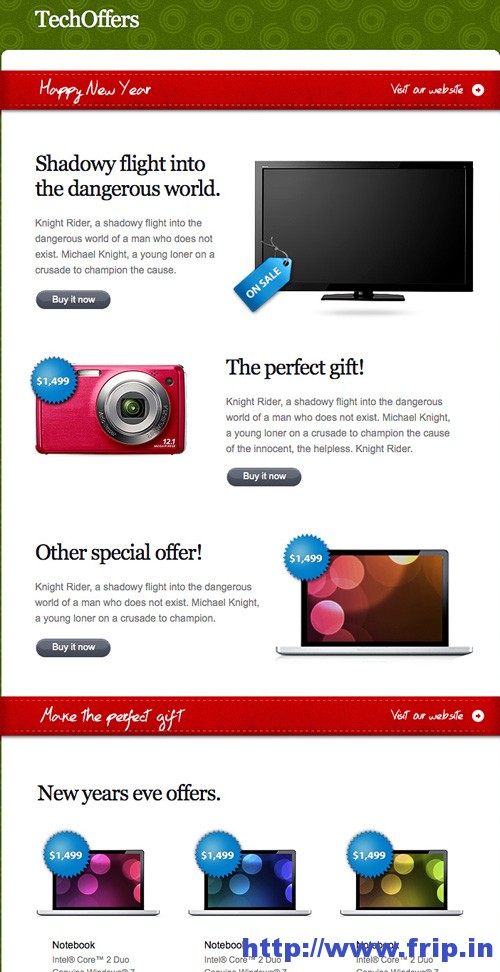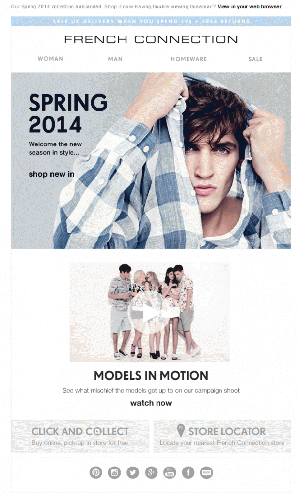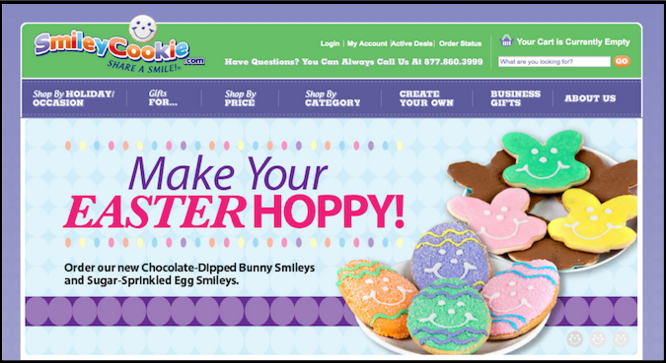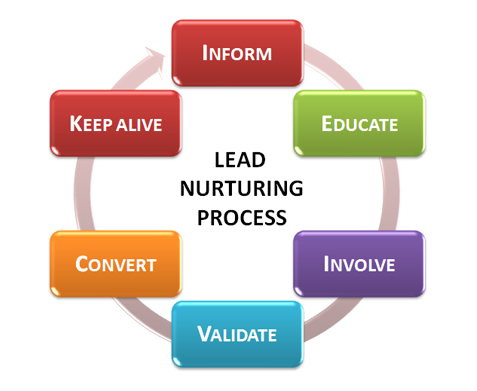Drip marketing and lead nurturing are both long-term techniques, applied for engaging customers and prospects at various touch points of the sales funnel, and thus, most marketers think that they are interchangeable terms. However, that is not the case. So, let us go ahead and have a look at what makes them different from each other.
The Primary Differences
#1. Take the instance of how a sprinkler works in a garden. It showers the grass with water irrespective of the care needed to tend it. Every strand of grass receives water whether required or not. This is also called drip irrigation. Technically it saves your resources (water) but is still a non-personalized approach. Similarly in drip marketing, the emails are sent to a segment of your customers irrespective of whether those messages would really benefit the segment or if they would overwhelm the users. The sequence of drip marketing messages is pre-defined for every segment.
In lead nurturing, however, emails or messages sent are more personalized as they are based on the individual activity and behavior of the user. This is more like stalking your customer and noting down everything he does and how he does and what he thinks and then customizing your message based on your learning. This technique, in turn, goes on to save even more resources (emails) and delivers higher ROI in terms of revenue as well as customer’s trust. However, the effort required in personalizing those messages and identifying peculiar tastes of your customer can first look like a difficult task to pull off.
#2. Drip marketing is designed with the aim of educating and guiding the customers steadily down the sales funnel towards conversion.
Lead nurturing, on the other hand, identifies interested customers and shows the sales offer only to them when they are ready to make the purchase.
#3. Drip marketing does not consider the buyer’s journey, but is more concerned about immediate ROI.
Nurturing leads, even those with low engagement, builds trust and relationship with the prospect rather than giving them a premature sales offer.
#4. A boost in sales is one of the most obvious benefit of drip marketing.
In case of lead nurturing, growth of revenue comes by re-activation of cold leads and creation of new sales situations by continually drawing them towards you.
Drip Marketing
According to a study by Vero, course emails or webinars have an open rate which is 80% higher than regular emails along with a 300% higher clickthrough rate.
Drip emails are continually sent over a specific timeline. Every such email comes from a chain of pre-written emails. Some companies have over 365 follow up drip emails. A study by IBM shows that sending drip mails to prospective and prevailing customers will average a 48% increase in repeat sales.
Example
Let’s imagine that you require to develop an email drip campaign for your clothing retail chain to promote your new summer line which has recently hit the stores. How would you do it? Here are a few steps to start with.
The first email that goes out is a welcome. These emails act as an immediate introduction to some of your company’s top content, and as a primer on using your product. At the very least, welcome emails are a nice way to say, “Hey there, it’s a pleasure to meet you!”
Retail example: Day 1 – Send out an email welcoming the prospects to your website and thanking them for registering with you. This email can contain discounts and offers for the newbies.
The second drip is the onboarding email. When you need your users to sign up or purchase something from your website, these emails come handy. This email introduces the customer to the brand and its values, offering targeted “sells” to that customer.
Retail example: Day 3 – Send a second email offering discounts and offers as a gift for being a part of the brand. Tell your prospects about everything that you have to offer them as shown in the image above for Banana Republic.
On the third day another email is sent out to the client showcasing the products that the brand has to offer. This email assists a brand in educating its customers about everything that they have to offer.
Retail example: Day 6 – In the third email you can exhibit some of your products like sportswear, gadgets, or accessories which are available for the audience that is targeted. For instance the image above shows a good example of an email by TechOffers to its prospects about all the new year offers it has in its kitty.
After a week, drip emails can come with a play along videos to provide a steady flow of traffic from a super-engaged audience. This helps in closing the deal on a premium level subscription, especially once the client knows the product like the back of their hand.
Retail example: Day 9 – You can get creative with the fourth email drip and showcase your collection of summer evening wear for both men and women. You can also add a video like in the email from french connection above to add some spice to the interaction.
Ensure that each email is strategically thought -out and sequenced. After all, the aim is to encourage conversion.
The case of Smiley Cookie
A case study was carried out by Marketing Sherpa on Smiley Cookie to analyze their retention strategy. Smiley cookie was facing cart abandonment issues and so it used a drip campaign as a solution to the problem.
Smiley Cookie first sent an immediate email to those who signed up. It was followed up within 23 hours with another email that offered the customer a discount on its product. After four days another email was sent and it held an even bigger discount. The website witnessed a drop of 29% in cart abandonment after this campaign.
Lead Nurturing
The primary business goal of most lead nurturing programs is to obtain more prospects through the sales funnel and get them qualified as sales ready. There are two main marketing objectives to this goal which are-
- Increasing prospect engagement after getting their attention; and
- Re-engaging old prospects with useful and appropriate content.
Lead Nurturing is great for brands that deal with expensive products, like Salesforce and GE. This way the sales department can focus better on retrieving the best leads, while the rest of leads get educated automatically.
According to a study done by Marketing Sherpa, a reported 45% higher ROI was seen where lead nurturing was used as compared to those that did not.
Example
Well-timed email promotions are one of the strategies used for lead nurturing. Art Van Furniture, in the example below, used a two-pronged approach to a successfully timed email promotion. The email seen below also keeps the open ended opportunity of a follow up even after the promotion is over.
As seen in the email, the company sent the email with adequate time prior to the one-day sales event, yet close enough that recipient wouldn’t forget about the sale. The second point to note here is that the company offers free purchases on February 1st if it snows three inches or more on Super Bowl Sunday.
This way Art Van keeps the gateway open to sending more emails up to February 1, to remind the recipients of the promotion. This campaign is well executed because recipients will likely be engaged, knowing they could get reimbursed for their entire purchase.
Conclusion
The main benefit of nurturing leads over a drip approach is that you are providing the potential buyers with the right information in their moment of need and are being there with them at all steps in their journey of buying.. This, in turn adds value to the brand and builds trust with the customers.
Modern marketers use behavior triggered marketing and lead scoring to identify changes in the buyer’s journey and initiate marketing messages in different media.
